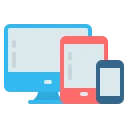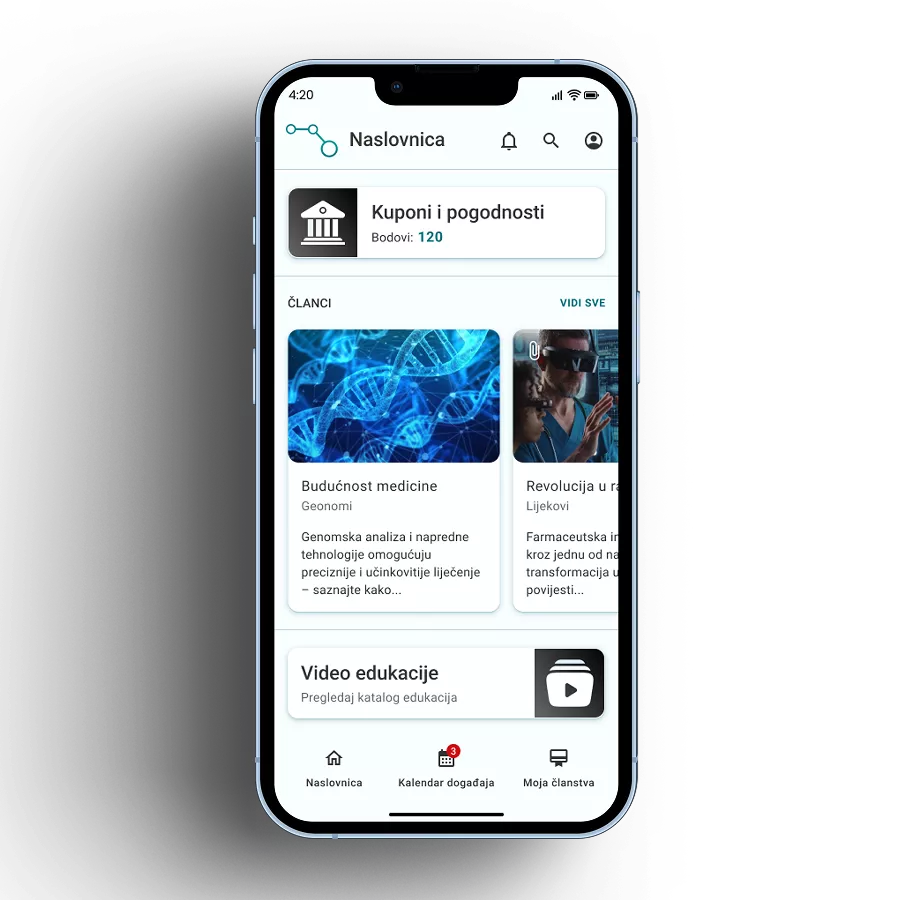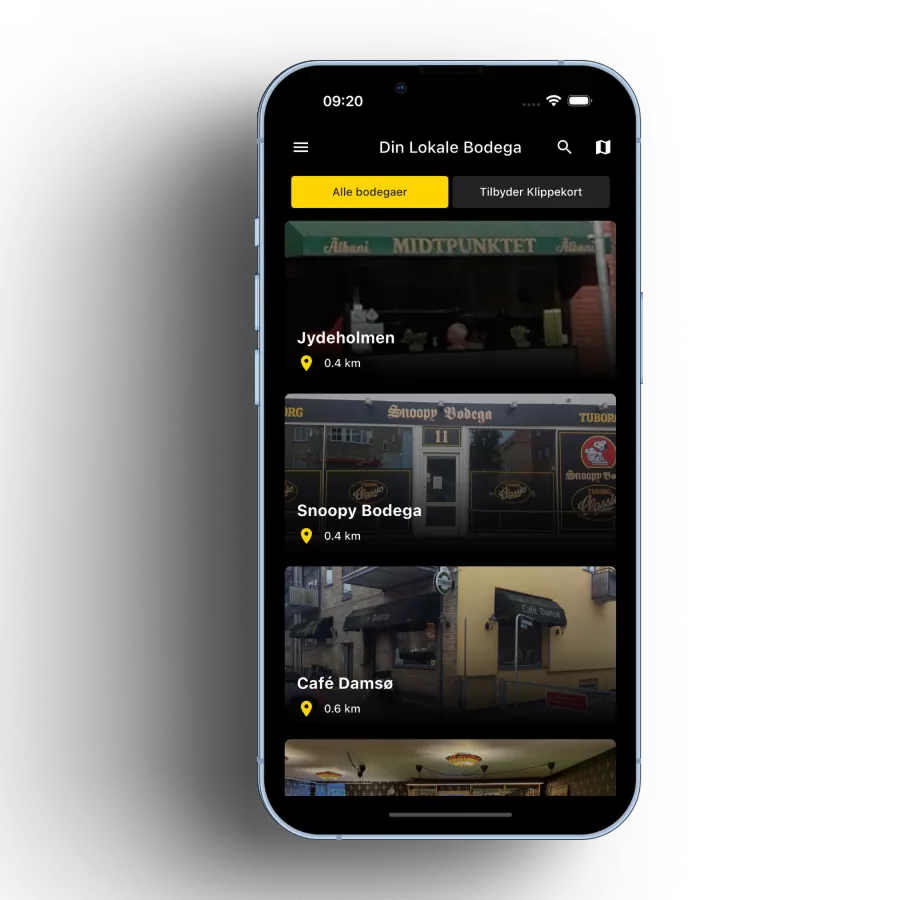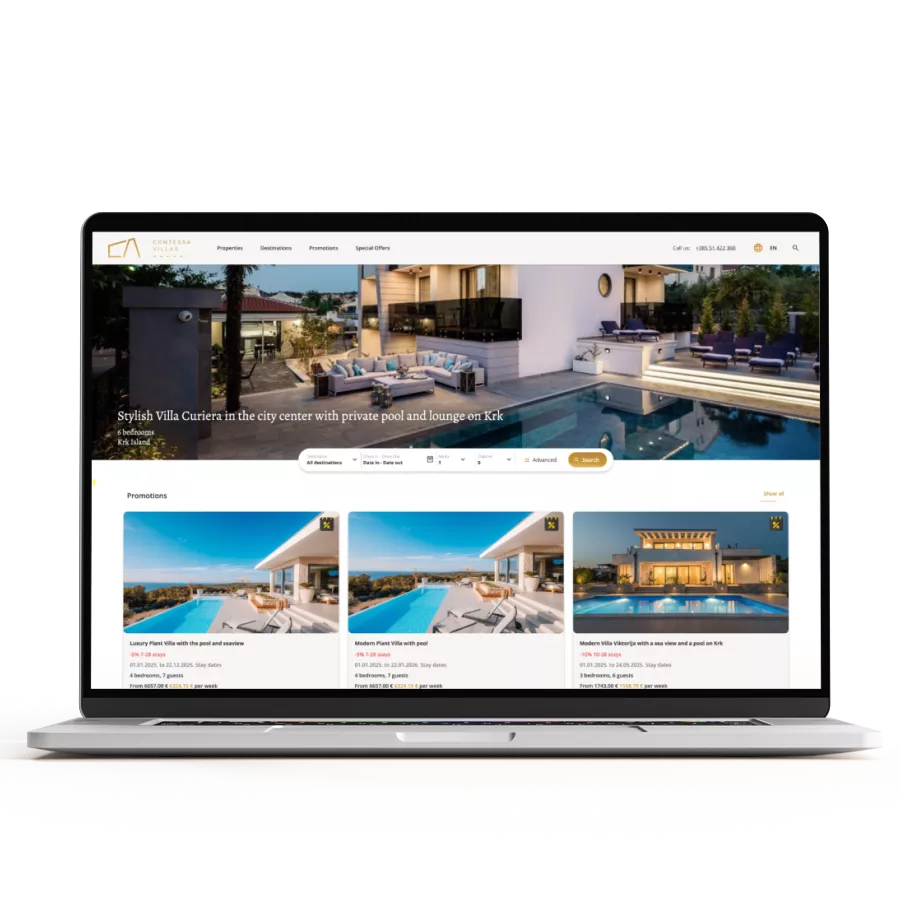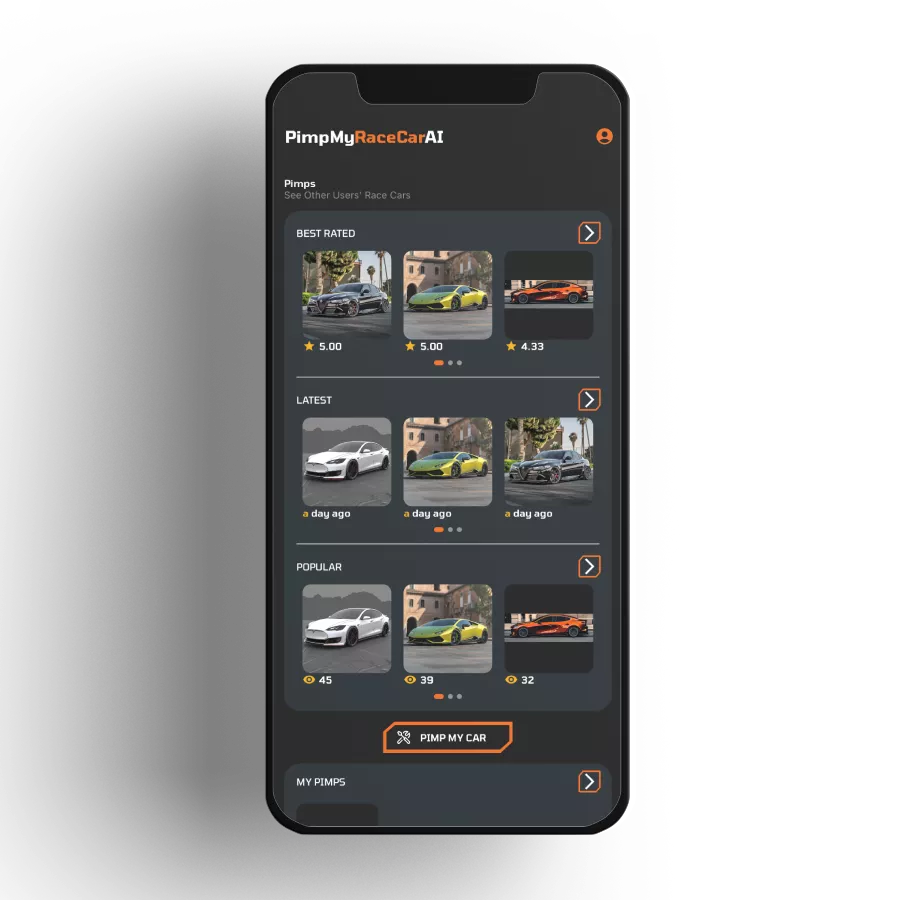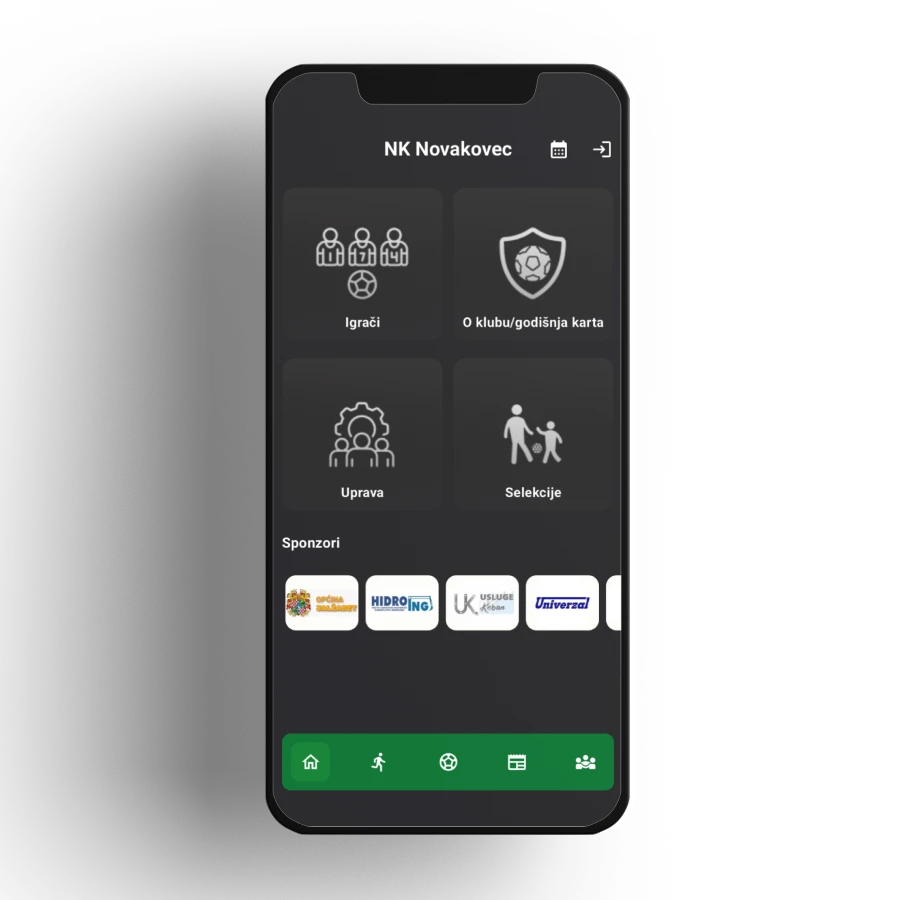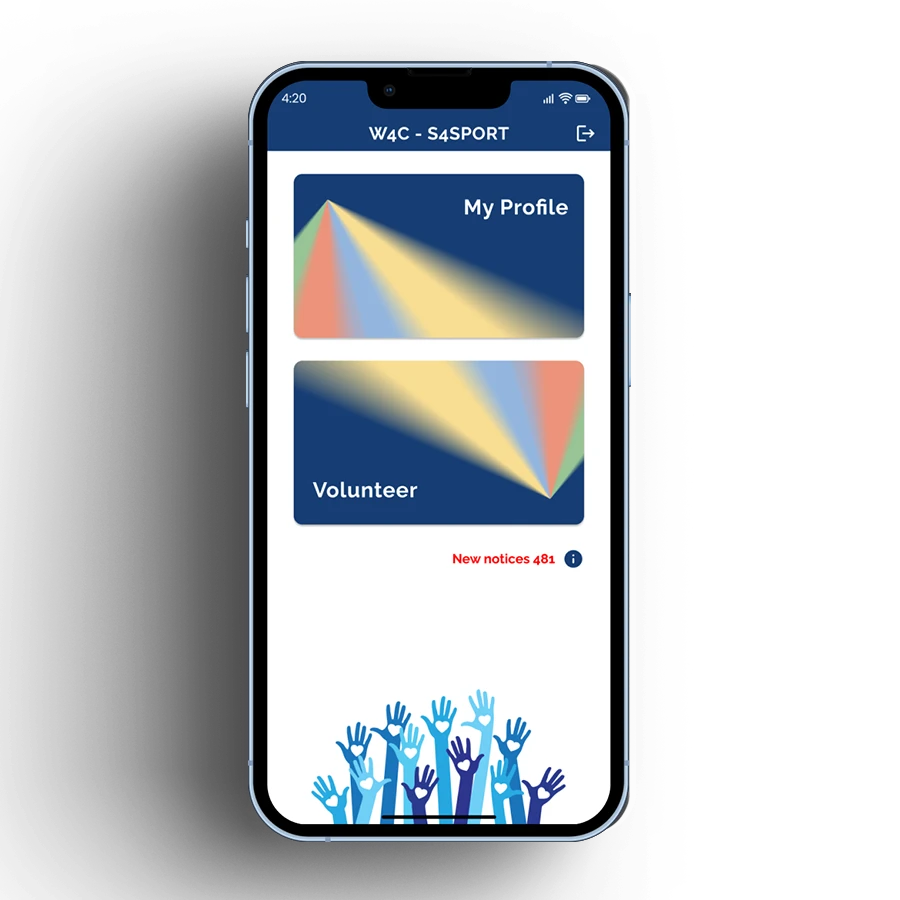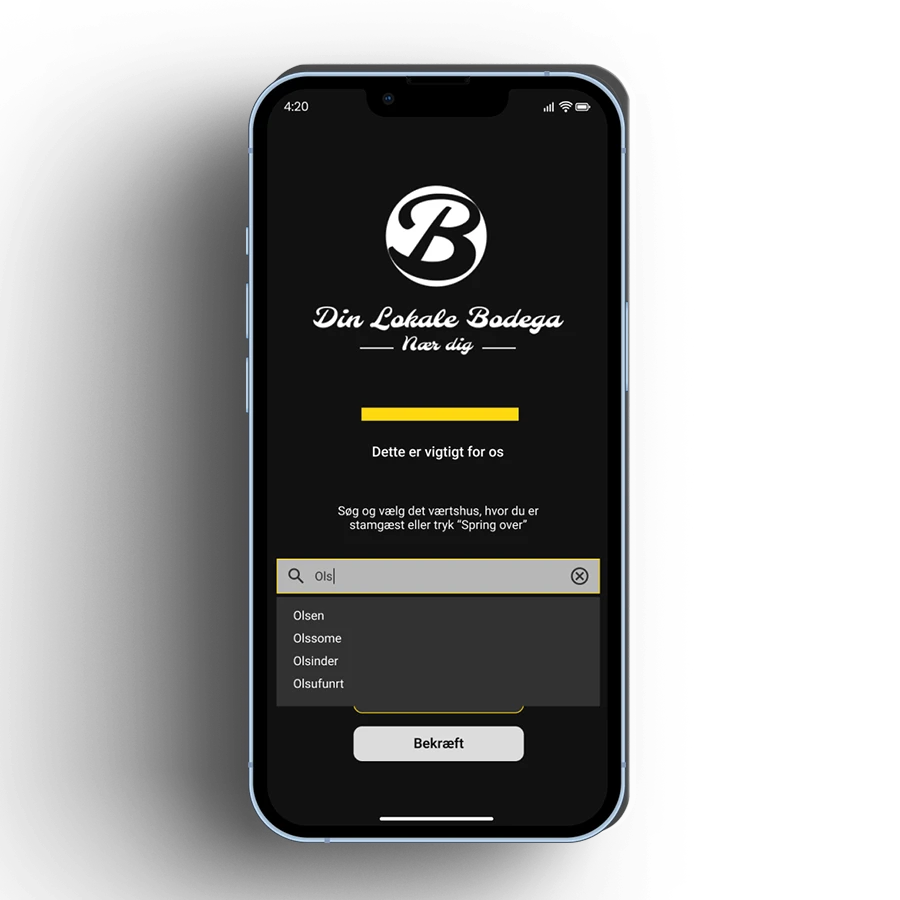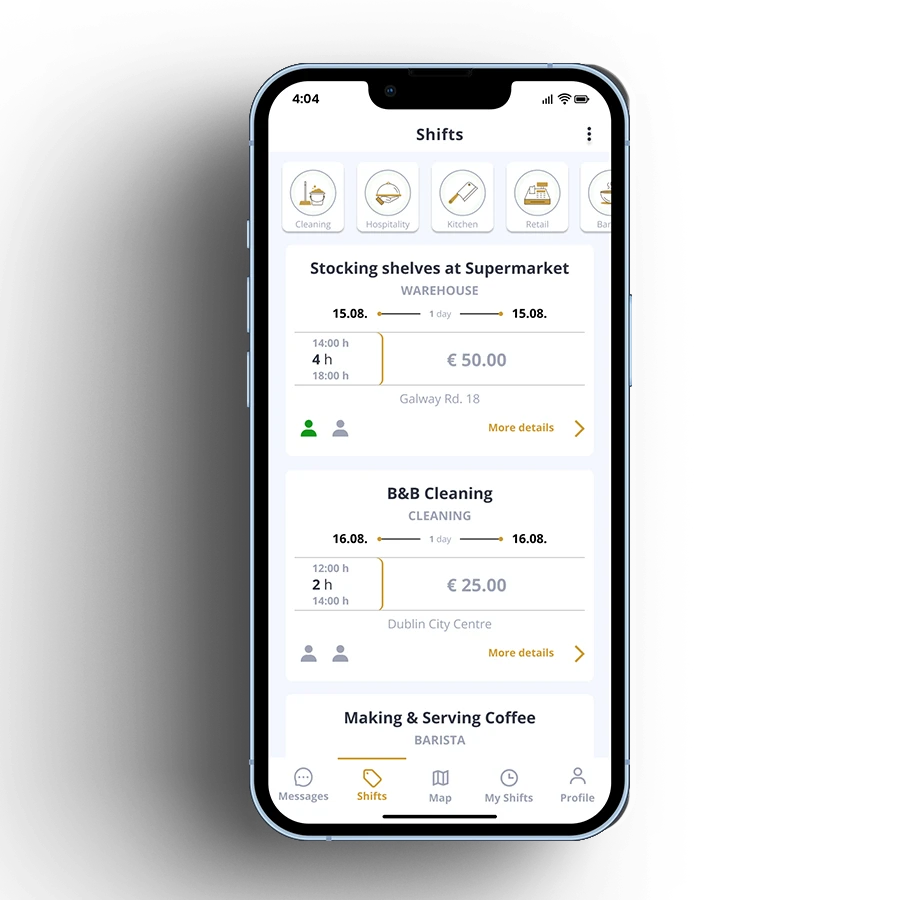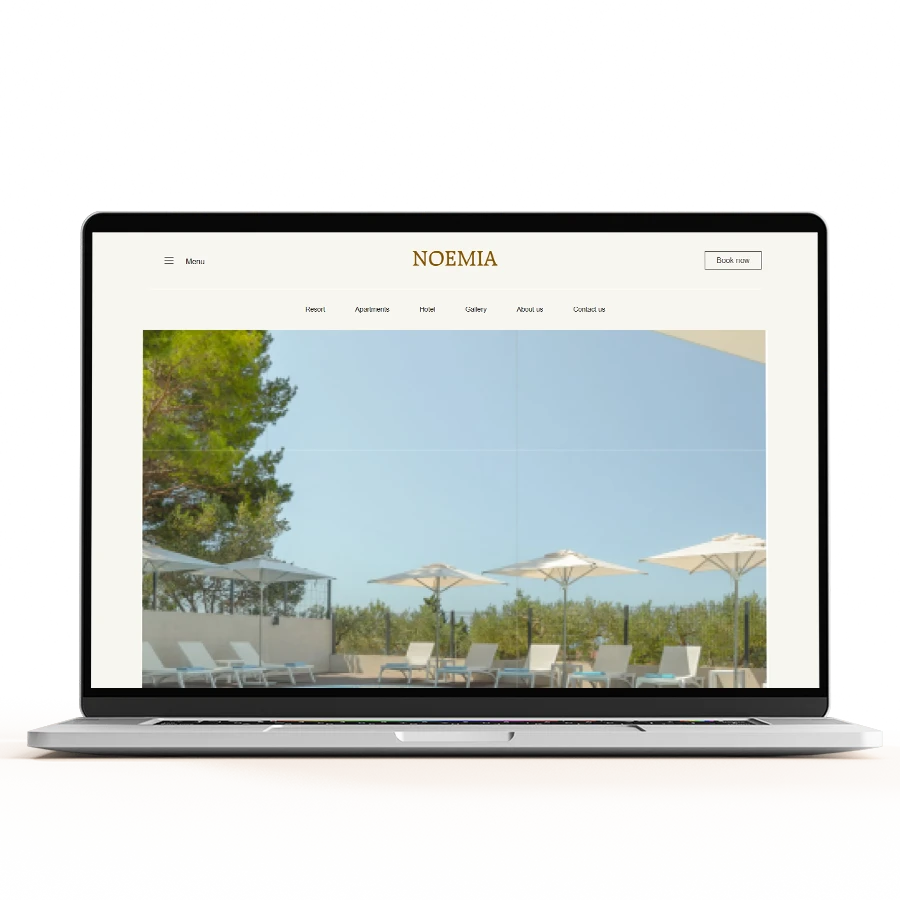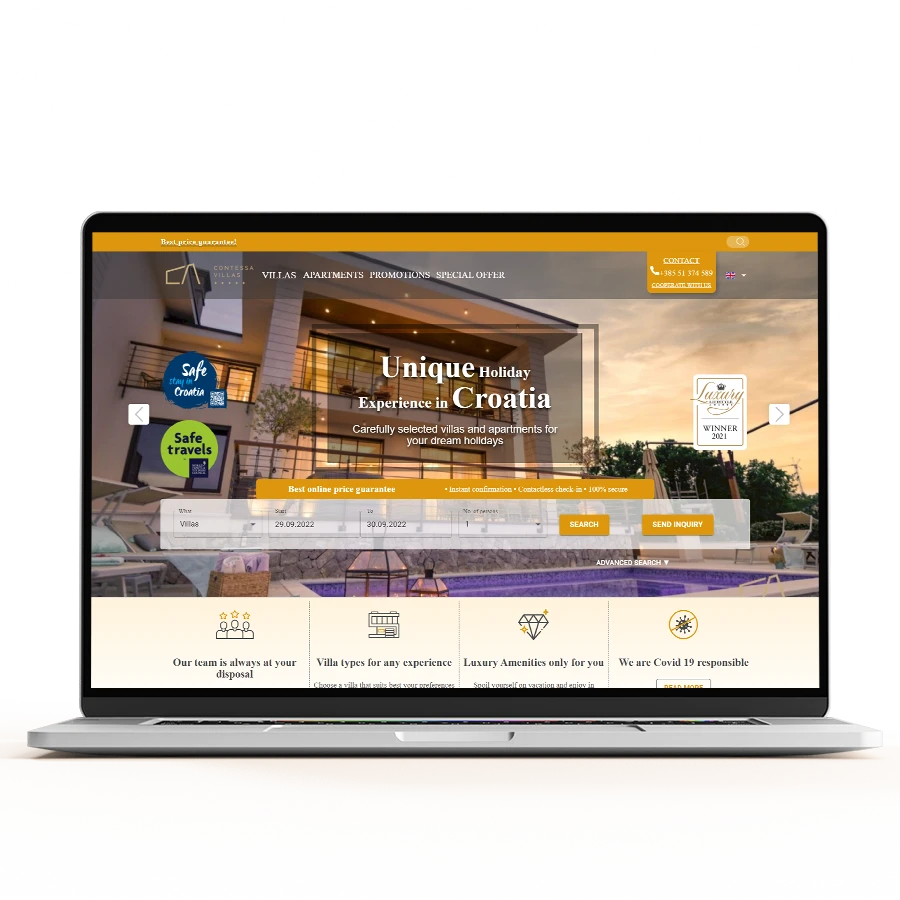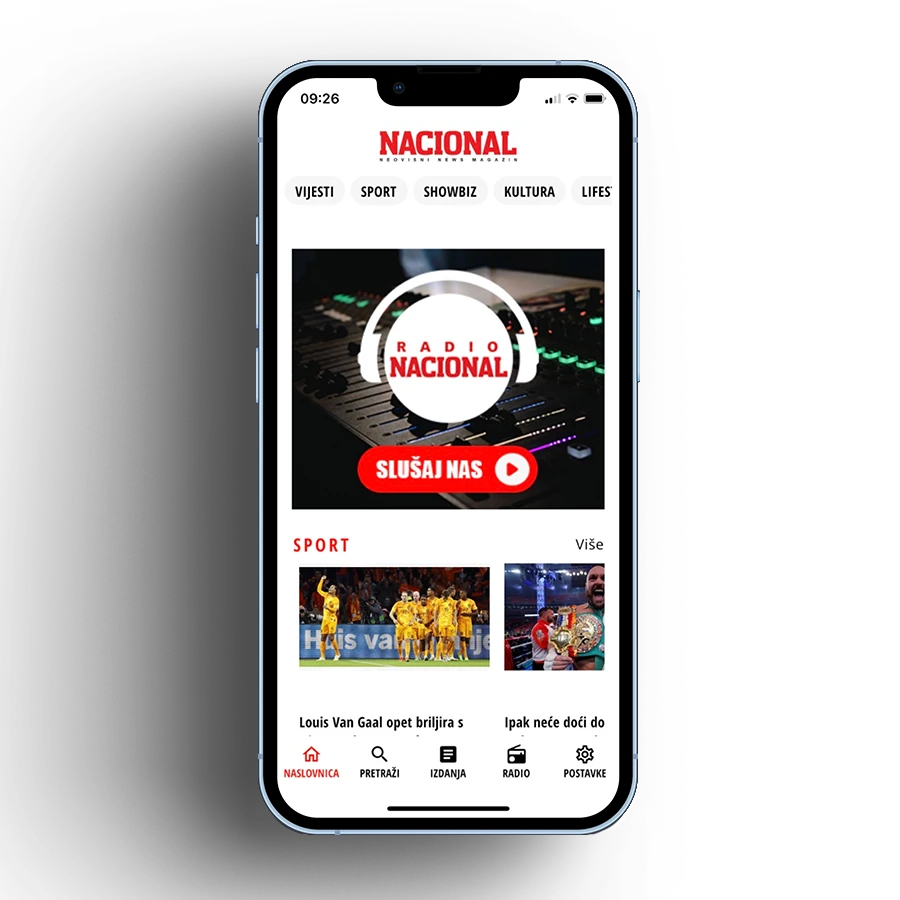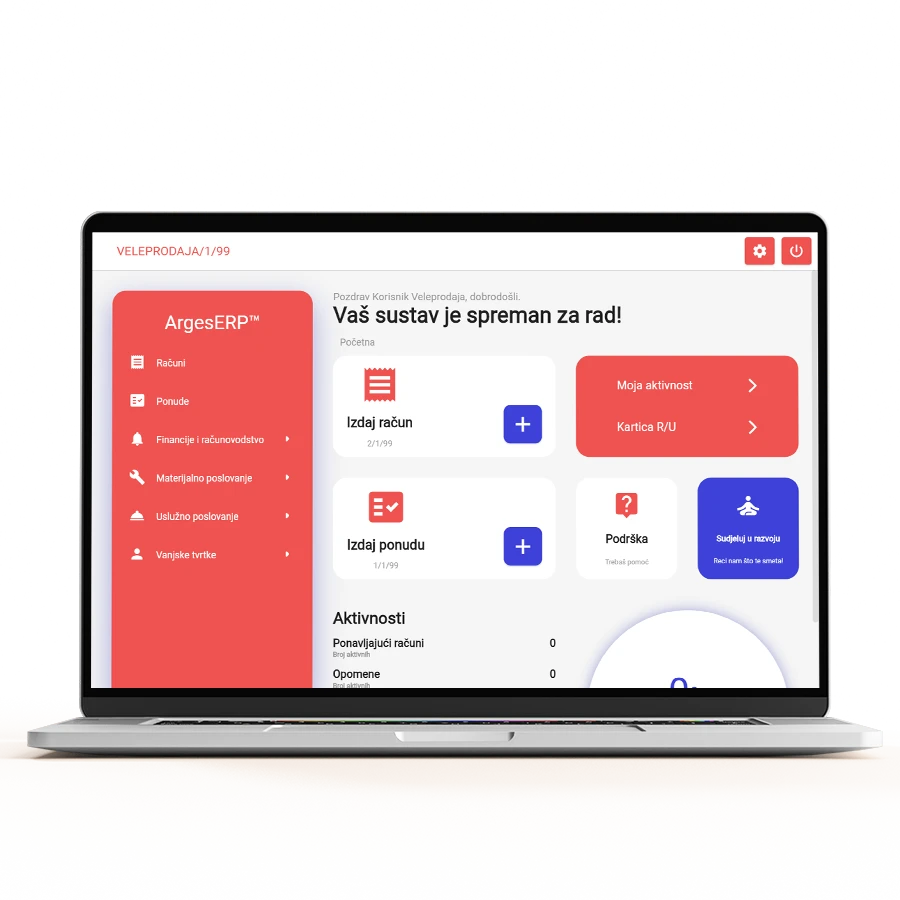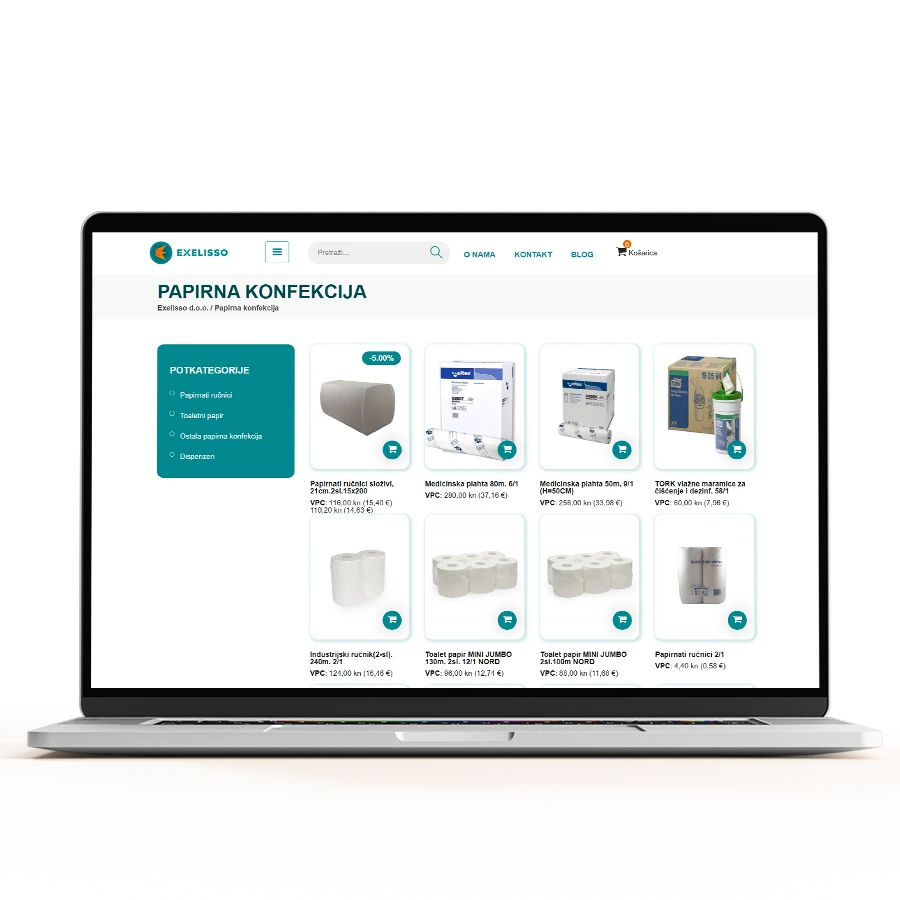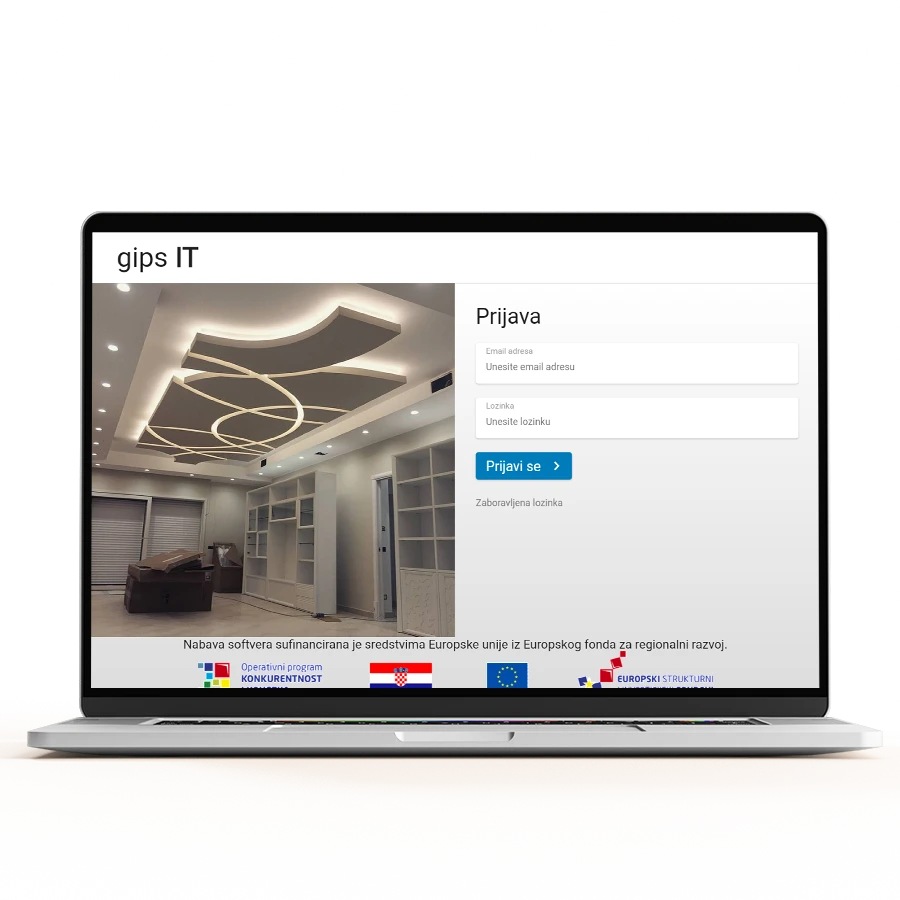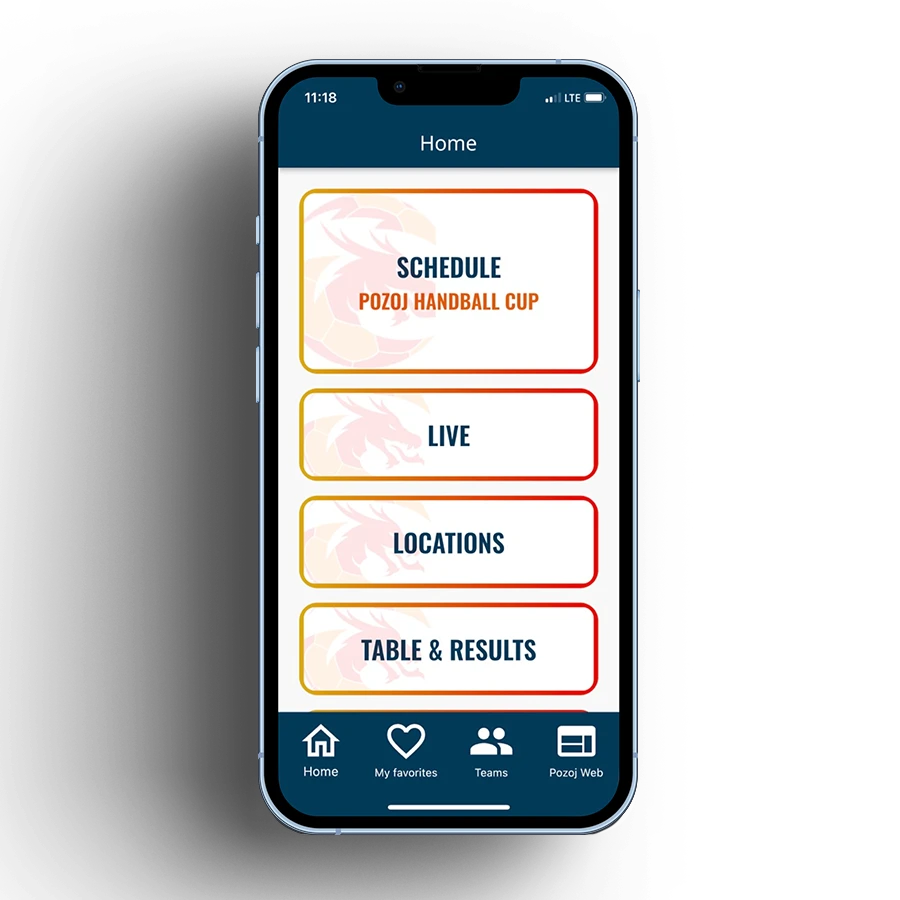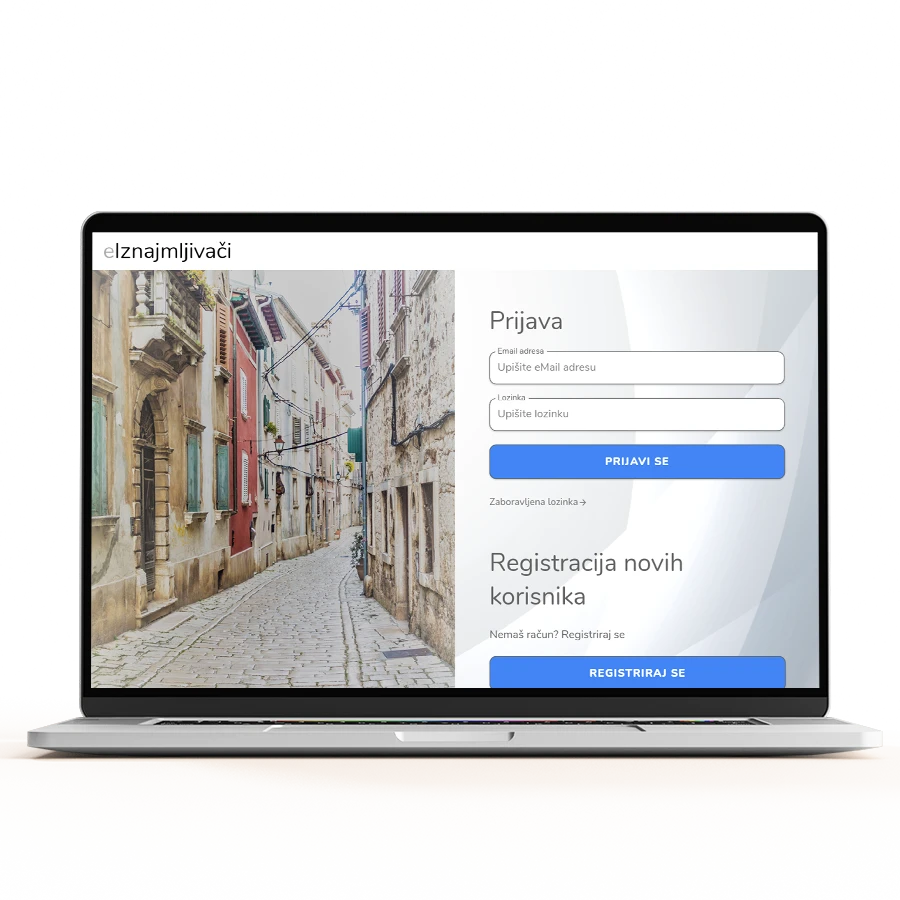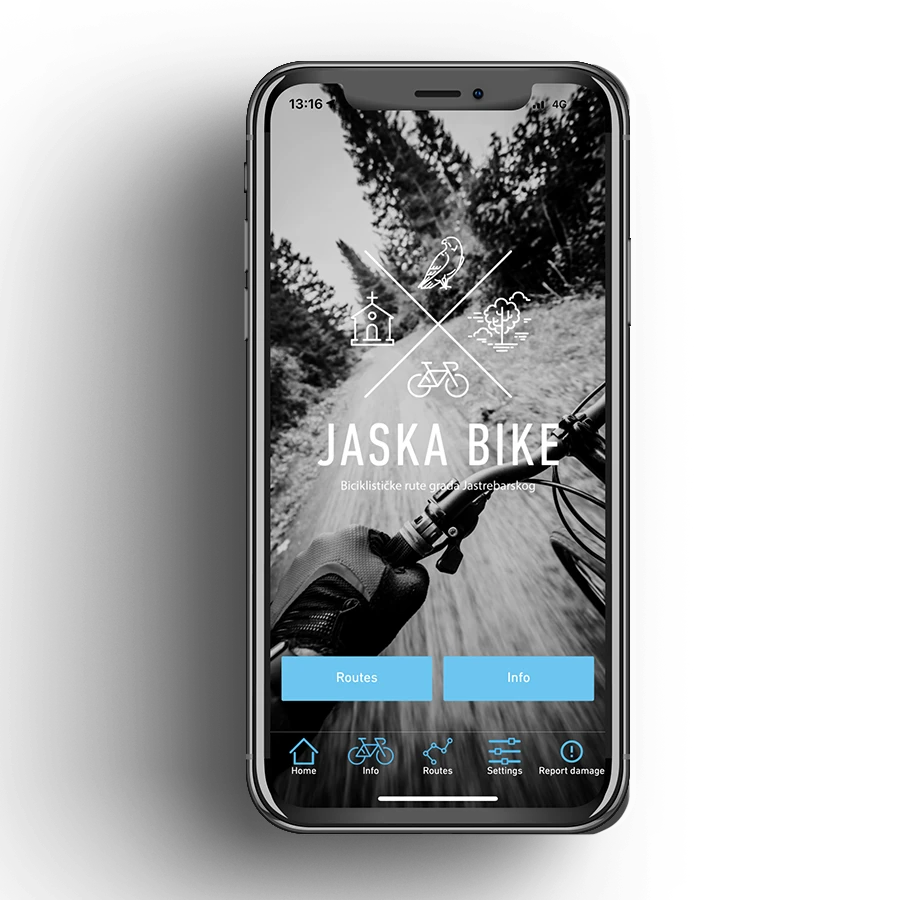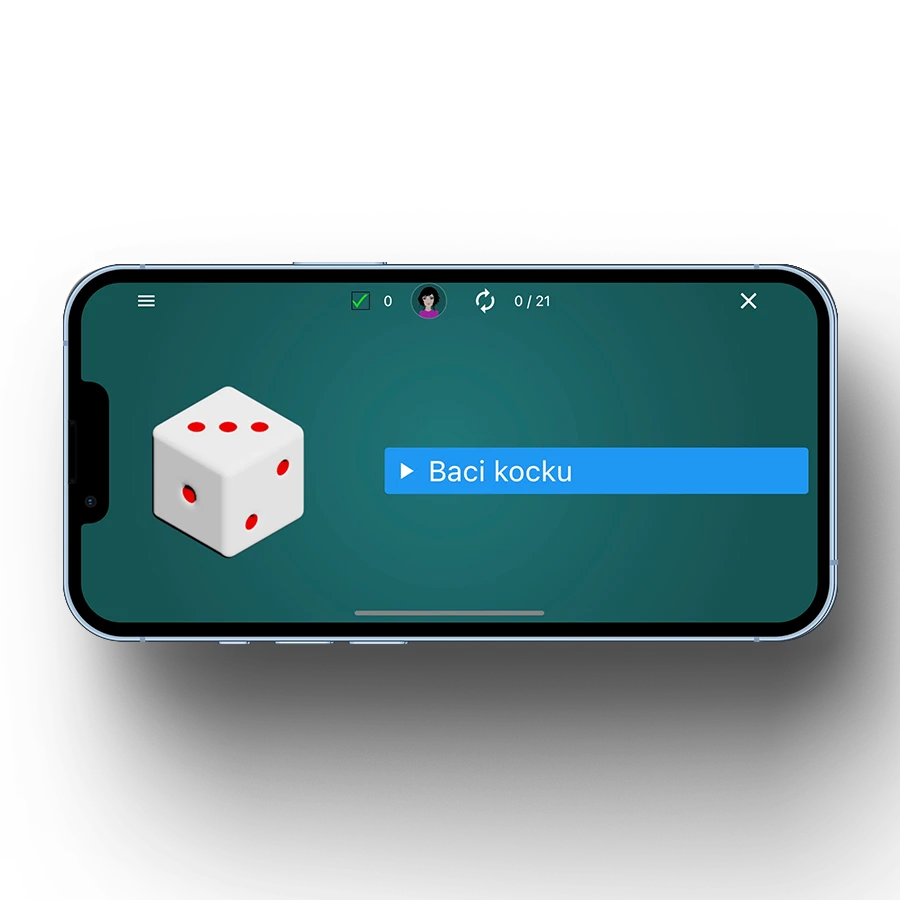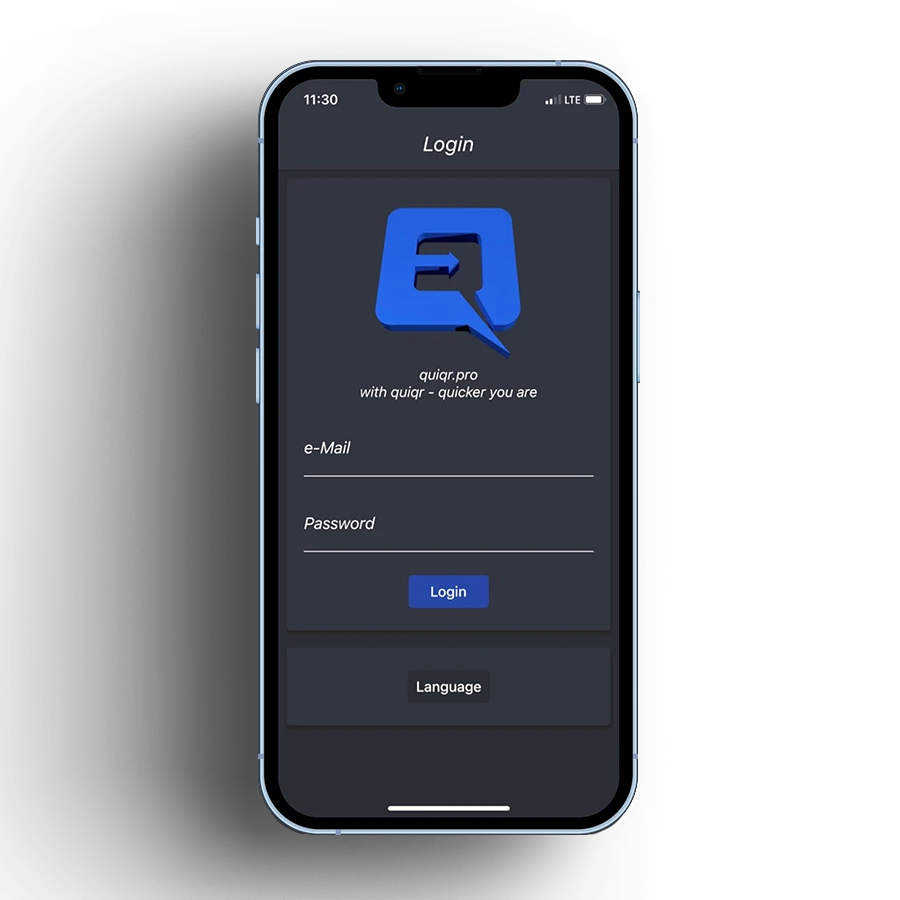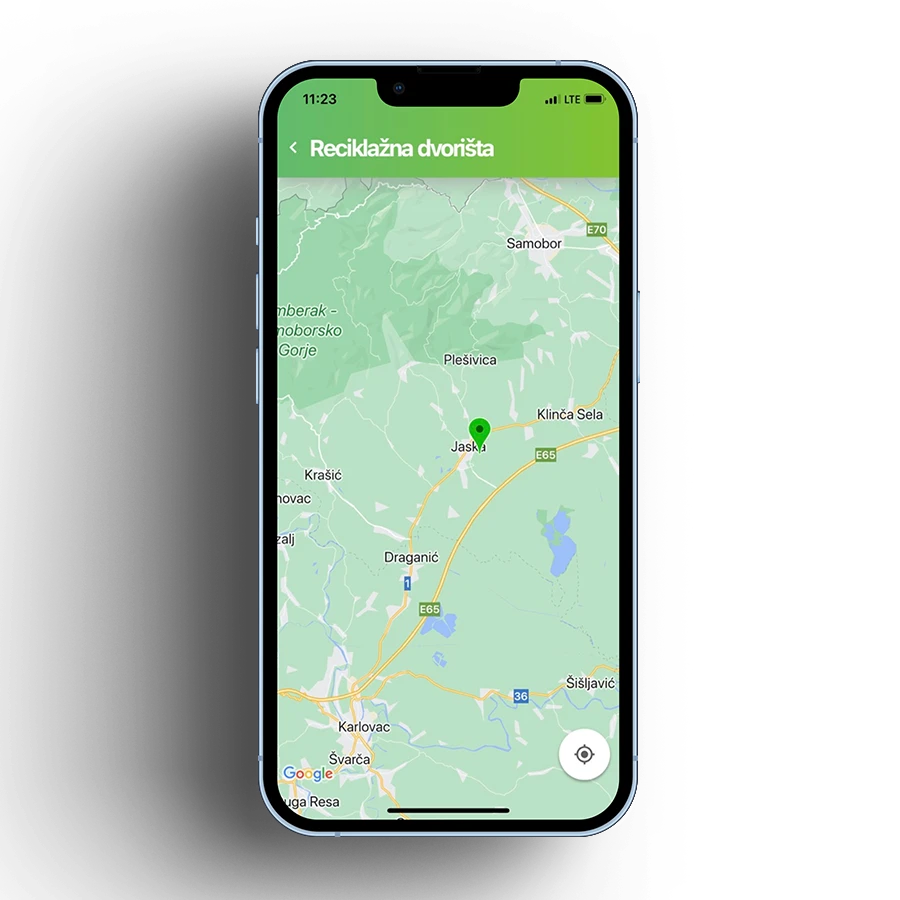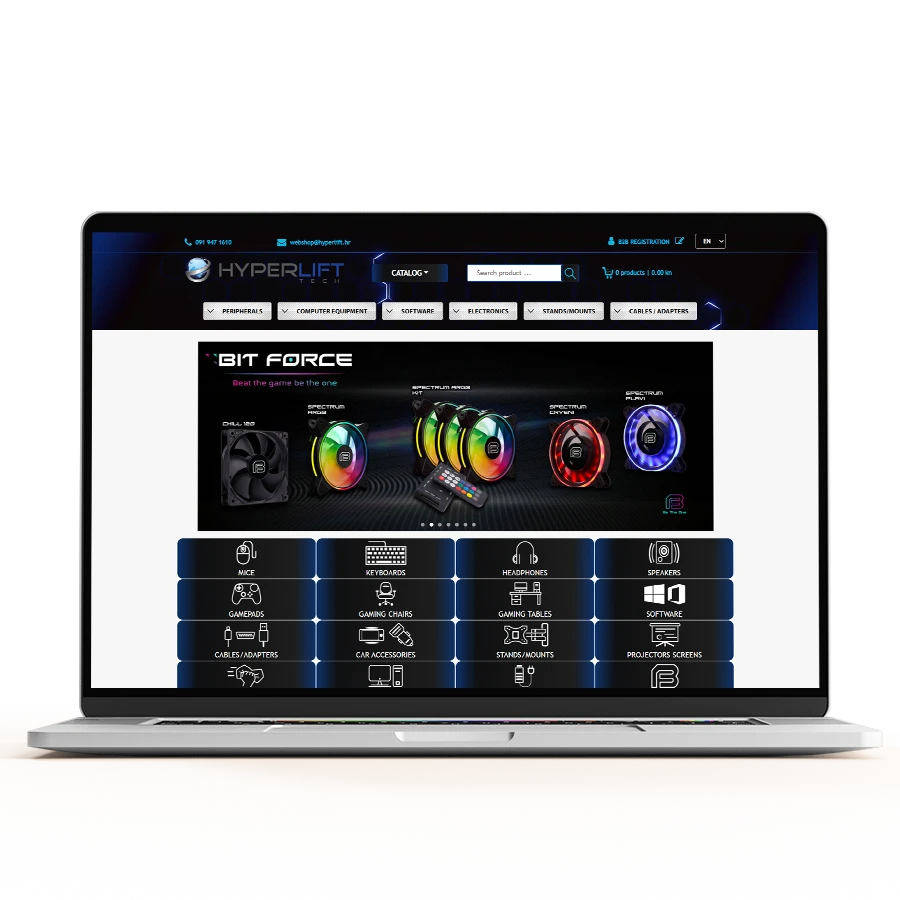Design
The design of a mobile application or website is the client's first point of contact with the real product in a language he understands - in images.
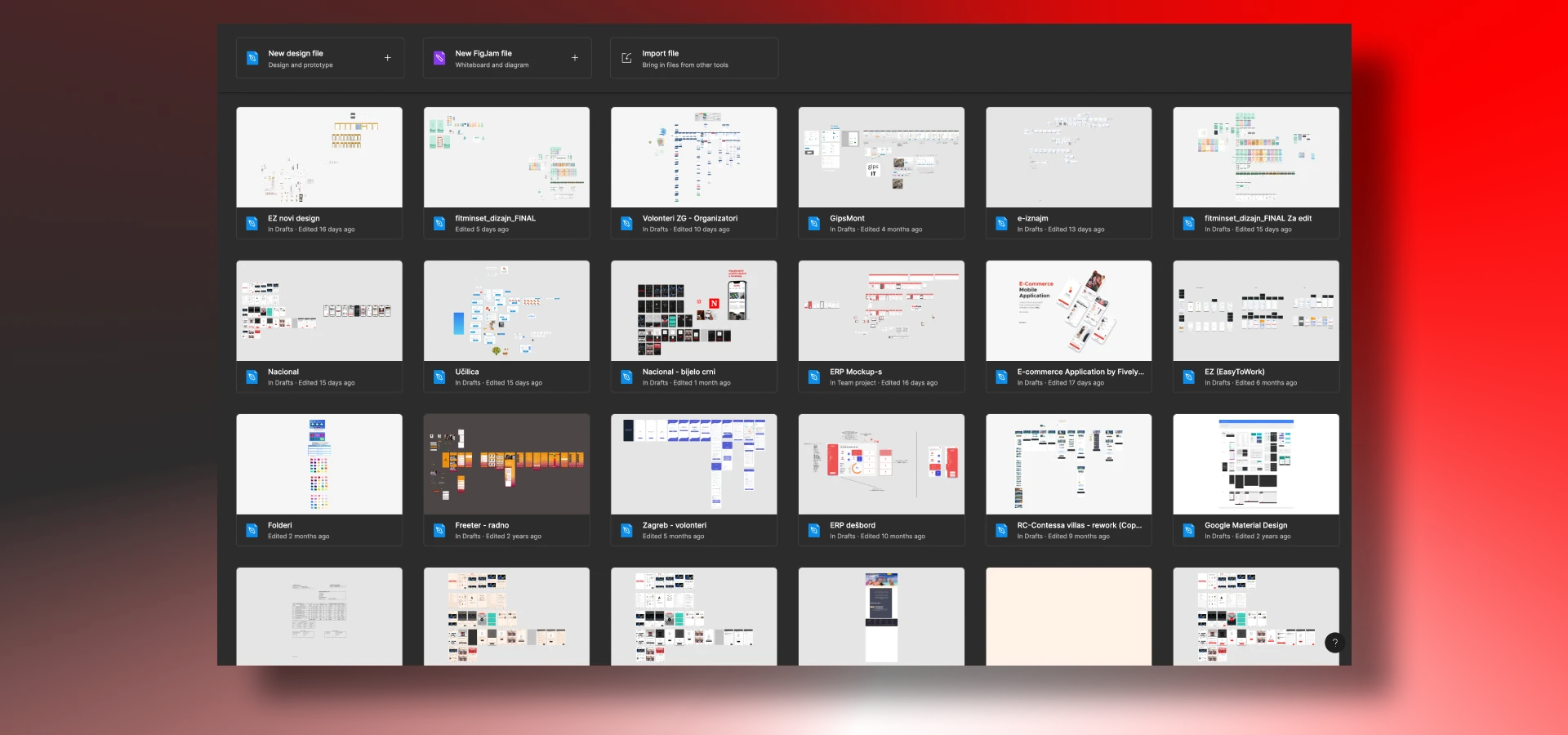
The importance of digital product design
As we keep mentioning, design is the client’s first encounter with a visual-real product. Design is not just dry pictures. A high-quality design is interactive and functional. A good design should have possibility to click on buttons and show the client all the scenarios and flow charts through a digital product, whether it’s a mobile application, website, management system, fiscal cash register or something else.
The design is realized through several preparatory stages and the actual implementation:
Talking to clients, existing situation or initial idea
We appreciate the client’s personality, and with an individual approach as well as a conversation, we gather your wishes and vision of the future solution. We want to get a deeper insight into the existing situation or idea, and in complex situations there is a possibility to organize a workshop. Most of all, we like projects where we have the freedom to create and where two colors are initially defined for us, maybe a logo and nothing more, and the rest is up to our designers.
Our collected notes are the basis for designing exactly what you imagined.
Development of a conceptual project
The notes mentioned above are actually a wireframe of the design written through words. Most people see words, we are sure that our designers already see pictures there. Based on this, we draw a rough system sketch and present it to you, the client. If the project is particularly complex, a functional specification is drawn up, which in translation would be a design written in words.
Creating a design and prototype of a mobile application or website
For the design itself, we most often use the Figma tool, which offers us the possibility of creating functional prototypes, which the clients love very much, with the possibility of reviewing the design even in the process of creation by the client, and some minor, but important possibilities, such as the creation of a design for a specific platform.
When designing, we always follow the guidelines of relevant sources such as Google or Apple, as well as native components and functions that are known to everyone. The use of native components in the form of Material Design or Cupertino Style (for example the Back button) enables new users to navigate through the application very easily.
Of course, there are also projects where it is expressly requested that every component be made to order, bypassing all standards. Such a design is most often requested by global companies that are already recognizable through their own visual identity and can afford the same.
Realization
And through the very realization of the project (programming) it is possible to show that some components require visual or functional refinement. Refinements will always be carried out first through the design and delivered to the client for authorization. Also through testing the finished project or some later requests for improvements, the design is changed and refined again. With over ten years of experience, we have concluded that quality design is what makes the difference between a satisfied client and a project delivered on time, and an unsatisfied client and endless refinements on the mobile application or web pages with, of course, a noticeable delay with the target delivery dates, but unfortunately , many still consider design - a waste of time.
Our approach
Mobile applications or websites' design is always a 'playground' where an idea is transformed into a clearly visible digital product. Design is something that is created after and yet before.
1
Analysis
After receiving a request, we start analyzing the client's needs, gathering additional information if necessary, and trying to create a solution concept and choose technologies as well as a development roadmap that best fits the client's desires and budget. We create the so-called "best buy" option in which the client gets the most for their money. Getting the most for the least amount of money is also the ultimate goal of every analysis. Therefore, high-quality analysis is urgent because otherwise, it can damage the client or us or completely miss the idea and goal.
2
Conclusion
It makes no sense to offer a small beginner entrepreneur who has a request for a website the production of a custom website at an extremely high price because it is clear that their needs are towards a template-based website that will more than satisfy their needs. Likewise, if the client is a company with multiple existing and active applications, it is clear that quality is the only relevant factor. Therefore, the development technologies are adapted to the simplicity of the system and the (non)existence of the need for maintenance or the complexity of the system and the need for flexibility or a hybrid of the two.
3
Offer
Making an offer is an important part of business that determines whether the job will be awarded to us or to the competition. Most of our offers are labeled as "business secrets" because the offer lists all the steps, components, and functionalities that a particular project requires. In order for the offer to contain exactly what the client wants and needs, it is important to thoroughly work through each step. The seriousness of the inquiry is also a factor that defines our seriousness regarding the approach to making the offer.
4
Design
Design is the client's first contact with the actual product. Through design, we define a fully functional prototype. Whether the project is completely basic or the most complex possible, we always try to visually present it before programming. The design defines even the smallest details and, importantly, makes corrections to elements, flowcharts, and functionalities. Design is the phase in which changes and corrections to the tiniest details are made. The design needs to be confirmed by the client before we proceed to programming. In design, there is a clause - the confirmed design reflects the final programming product.
Our technologies
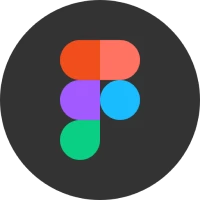
Figma
